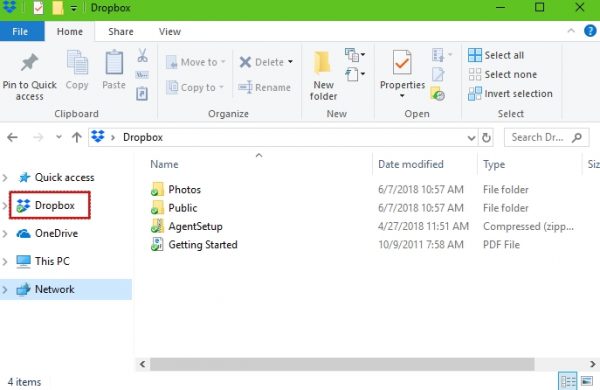

 Copy the zip chunks to the same directory. Where -n is the number of bytes to make each chunk Using zip – Method 2 Compressing & Splitting the files – Method 2 Using md5sum check the archive integrity using the previously created md5sum.txt. Joining them back together again – Method 1 Gzip the Chunks (note for greater compression use bzip2. “your_prefix” is whatever you want the chunk filenames to begin withĬreates a series of files your_prefix00, your_prefix01 etc “-b” is the chunk size in Bytes (Type in xxxMB in Bytes into google for a conversion) Where “-d” means append a decimal suffix (00, 01, 02 etc) Split -d -b 734003200 output.tar your_prefix Create an md5sum so you can make sure it survives the split and re-join operations. This page covers the Linux version of zipsplit. You may use the common linux app, cat as in the example below: cat test.zip > /test.zip This will concatenate all of your test.zip.001, test.zip.002, etc files into one larger, test. On Unix-like operating systems, the zipsplit command splits a single zip archive into a set of smaller zipfiles. Create an uncompressed Tar Archive of the files you want Computer nhuhai &bullet Tháng By 6, 2022.
Copy the zip chunks to the same directory. Where -n is the number of bytes to make each chunk Using zip – Method 2 Compressing & Splitting the files – Method 2 Using md5sum check the archive integrity using the previously created md5sum.txt. Joining them back together again – Method 1 Gzip the Chunks (note for greater compression use bzip2. “your_prefix” is whatever you want the chunk filenames to begin withĬreates a series of files your_prefix00, your_prefix01 etc “-b” is the chunk size in Bytes (Type in xxxMB in Bytes into google for a conversion) Where “-d” means append a decimal suffix (00, 01, 02 etc) Split -d -b 734003200 output.tar your_prefix Create an md5sum so you can make sure it survives the split and re-join operations. This page covers the Linux version of zipsplit. You may use the common linux app, cat as in the example below: cat test.zip > /test.zip This will concatenate all of your test.zip.001, test.zip.002, etc files into one larger, test. On Unix-like operating systems, the zipsplit command splits a single zip archive into a set of smaller zipfiles. Create an uncompressed Tar Archive of the files you want Computer nhuhai &bullet Tháng By 6, 2022. 
Using tar, gzip, split and cat – Method 1 Compressing & Splitting the files - Method 1
#Linux zipsplit how to
But by default, there are 1000 lines available in the split file. How to zip a folder with multiple files Linux. Make zip files no larger than 'size' (default 36000). As per the requirement, we can provide or define the number of lines available in the split file. Make index (zipsplit.idx) and count its size against first zip file. Question: How can I tar up about 12GB of files on a linux box and then split the files into 700MB chucks?Īnswer: You can use the following 2 methods on any GNU tooled box or using the Cygwin environment on Windows. In the Linux operating system, the split command is used to divide or split the large files into small file size.







 0 kommentar(er)
0 kommentar(er)
